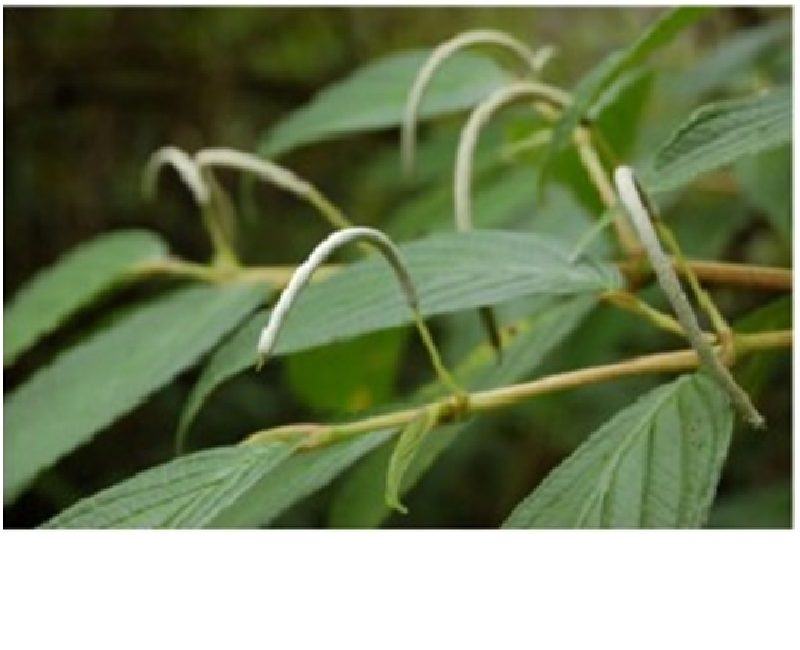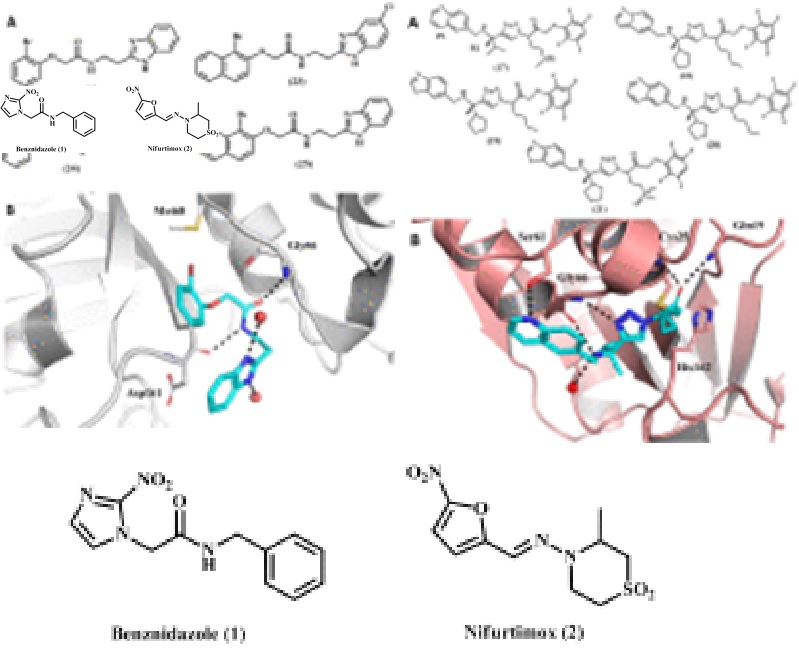
Authors:
Queiroz, Suzana Aparecida S. 1 ; Pinto, Meri Emili F. 1 ; Bobey, Antonio F. 1 ; Russo, Helena M. 1 ; Batista, Andrea N. L. 2 ; Batista, Jr., Joao M. 3 ; Codo, Ana C. 4 ; Medeiros, Alexandra I. 4 ; Bolzani, Vanderlan S. 1
Abstract:
Ethnopharmacological relevance Croton floribundus Spreng. (Euphorbiaceae), popularly known as Capixinguí, stands out due to its widespread use in traditional medicine to treat wounds, syphilis, hemorrhoids, eye diseases and as a purgative.
Aim of the study
To characterize clerodanes diterpenes from C. floribundus and to evaluate the effects of the fraction and diterpenes (1–5) on inhibition of nitrite production.
Materials and methods
The hydroethanolic root extract of C. floribundus was fractionated on a solid phase extraction column to obtain the fraction named Fr80%. From this, five compounds were obtained and characterized. The absolute configuration of compound 1 was determined by a combination of electronic and vibrational circular dichroism spectroscopies. Additionally, compounds 1–5 were evaluated for their inhibitory effects on nitrite production induced by lipopolysaccharide (LPS) in RAW 264 macrophage cell.
Results
Five clerodane diterpenoids were characterized, and the absolute stereochemistry of 1 was established as 3R,4R,5R,8R,9R,10S,12S. The IC50 values obtained through inhibition of nitrite production were 28.52 ± 2.21 μM (1), 40.26 ± 2.79 μM (2), 25.47 ± 2.16 μM (3), 35.78 ± 2.93 μM (4) and 40.58 ± 4.78 μM (5). In the tested concentrations, the samples presented low toxicity in macrophages.
Conclusions
Four new diterpenes were characterized from C. floribundus, these being croflorins A-D (1–4) and a known halimane (5). These compounds exhibited inhibitory effect on nitrite production.
1 Institute of Chemistry, Sao Paulo State University, Araraquara, 14800-060, Sao Paulo, Brazil
2 Institute of Chemistry, Fluminense Federal University, Niteroi, 24020-141, Rio de Janeiro, Brazil
3 Institute of Science and Technology, Federal University of Sao Paulo, Sao Jose Dos Campos, 12231-280, Sao Paulo, Brazil
4 School of Pharmaceutical Sciences, Sao Paulo State University, Araraquara, 01049-010, Sao Paulo, Brazil
Link to article: https://www.sciencedirect.com/science/article/pii/S0378874119322548?via%3Dihub






